Pope Benedict’s book on the childhood of the Messiah in the Gospels is arriving in bookstores now. The Gospels are “true history” and not a pure theological construction, the Pope writes.
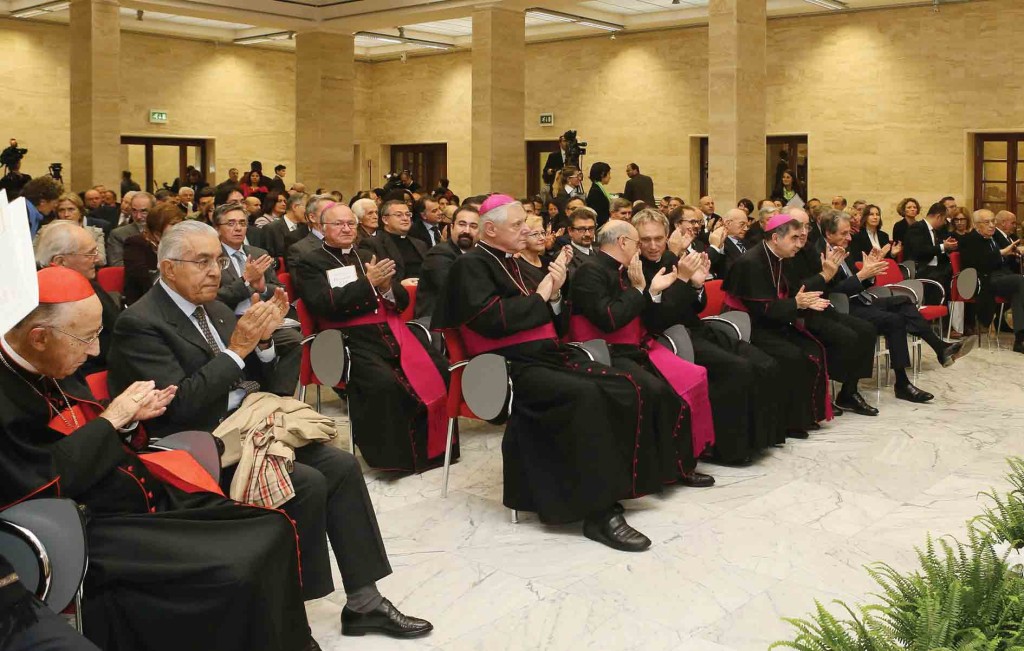
The book release at the Vatican on November 20.
Pope Benedict has finished his extraordinary trilogy on Jesus with publication of the third and final volume, Jesus of Nazareth: The Infancy Narratives, in time for Christmas. In addition to the original German, the book is appearing in eight other languages: Italian, English, French, Spanish, Portuguese, Brazilian Portuguese, Polish, and Croatian. In all, the first printing exceeds 1 million copies. Over the next few months, the book will be translated into another 11 languages.
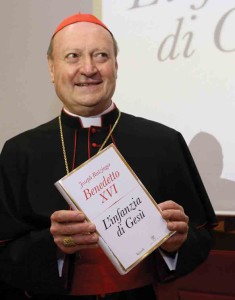
Italian Cardinal Gianfranco Ravasi, head of the Vatican’s Council for Culture and a noted biblical scholar and exegete in his own right, holds a copy of
Jesus of Nazareth: The Infancy Narratives, completing Benedict XVI’s 3-volume series on Jesus.
Jesus of Nazareth: The Infancy Narratives is only 132 pages long, yet it includes profound reflections on matters like the Virgin Birth. The book was formally released at the Vatican November 20.
Father Federico Lombardi, S.J., the Vatican spokesman, said at the book’s launch that the three books are the “fruit of a long inner journey” by Joseph Ratzinger, whose personal views they represent. While much of what the Pope says is accepted Catholic dogma, the texts themselves are not part of the Church’s Magisterium and their arguments are free to be disputed, Father Lombardi said.
The Pope argues that Matthew and Luke, in their Gospel accounts, are not just giving us pious legends but “history, real history that actually happened, admittedly interpreted and understood in the context of the word of God.”
The Pope calls Jesus’ virginal conception and his resurrection “cornerstones” of Christian faith, showing God acting directly and decisively in the material world.
“These two moments are a scandal to the modern spirit,” which expects and allows God to act only in ideas, thoughts and the spiritual world, not the material, he writes. Yet it is not illogical or irrational to suppose that God possesses creative powers and power over matter, otherwise “then he is simply not God.”
The Pope enriches the Gospel accounts with personal reflections as well as questions and challenges for his readers. For example, considering the angel’s appearance to the shepherds, who then “went with haste” to meet the child Savior, the Pope asked, “How many Christians make haste today where the things of God are concerned?”
Pope Benedict examines the political context of the time of Jesus’ birth, which featured both the so-called Pax Romana — the widespread peace brought by the Roman ruler Caesar Augustus — and King Herod’s thirst for power, which led to the slaughter of the innocents. “Pax Christi is not necessarily opposed to Pax Augusti,” he writes. “Yet the peace of Christ surpasses the peace of Augustus as heaven surpasses earth.”
The Pope writes that the Three Wise Men symbolize the purification of science, philosophy and rationality.
“They represent the inner dynamic of religion toward self-transcendence, which involves the search for truth, the search for the true God,” the Pope writes.
The Pope also argues that the star of Bethlehem was a true celestial event.
It “seems to be an established fact,” he writes, that the conjunction of Jupiter and Saturn happened in 7-6 B.C., which “as we have seen, is now thought likely to have been when Jesus was born.”
A key topic in the book is the role of human freedom in God’s divine plan for humanity. “The only way (God) can redeem man, who was created free, is by means of a free ‘yes’ to his will,” the Pope writes. It is precisely “the moment of free, humble yet magnanimous obedience,” such as Mary and Joseph showed when listening to God, “in which the loftiest choice of human freedom is made.”
Jesus, too, in his human freedom, understood that he was bound to obedience to his Heavenly Father, even at the cost of his earthly life.
The missing 12-year-old, rediscovered by an anxious Mary and Joseph in the Temple, was not there “as a rebel against his parents, but precisely as an obedient (son), acting out the same obedience that leads to the cross and the resurrection,” the Pope writes.
Jesus’ birth, life, death and resurrection is a story filled with contradiction, paradox and mystery, the Pope writes, and “remains a sign of contradiction today.”
“What proves Jesus to be the true sign of God is he takes upon himself the contradiction of God,” Pope Benedict writes. “He draws it to himself all the way to the contradiction of the cross.”
It is a short book, a sort of little “entrance room,” the Pope writes, “for the two previous volumes on the figure and message of Jesus of Nazareth.”
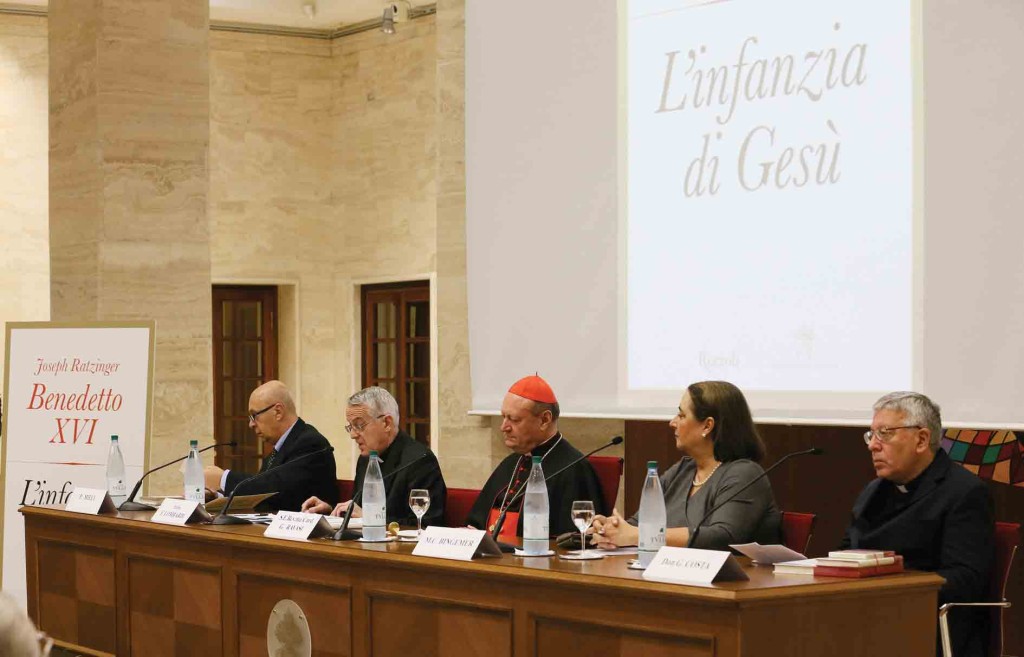
Cardinal Ravasi (center), with Fr. Giuseppe Costa, head of the Vatican Press, to the right, presents the book November 20.
At the end of the chapter on the Magi, Benedict XVI agrees with what Jean Daniélou wrote in Les Évangiles de l’Enfance: “Unlike the account of the annunciation to Mary, the adoration on the part of the Magi does not touch upon any essential aspect of the faith. It could be a creation of Matthew, inspired by a theological idea: in this case, nothing would fall apart.” Daniélou himself, however, Pope Ratzinger continues, “arrives at the conviction that these are historical events whose significance has been interpreted theologically by the Judeo-Christian community and by Matthew.”
And he continues: “To put it simply: this is also my conviction.”
He concludes: “Matthew recounts to us the true history, which has been meditated upon and interpreted theologically.”
The book’s publication completes the three-volume Jesus of Nazareth series, which also includes From the Baptism in the Jordan to the Transfiguration (2007) and Holy Week: From the Entrance into Jerusalem to the Resurrection (2011).

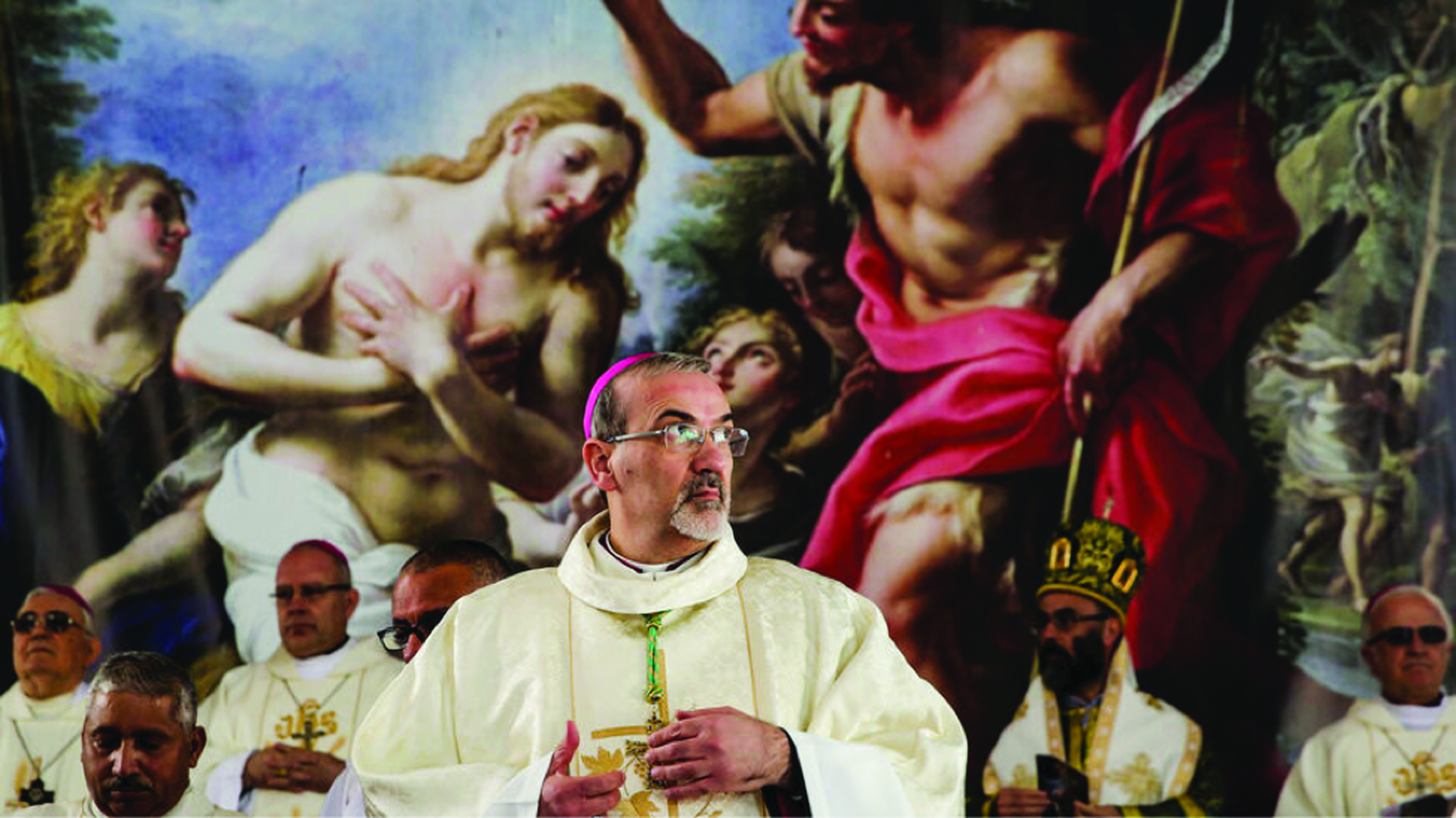
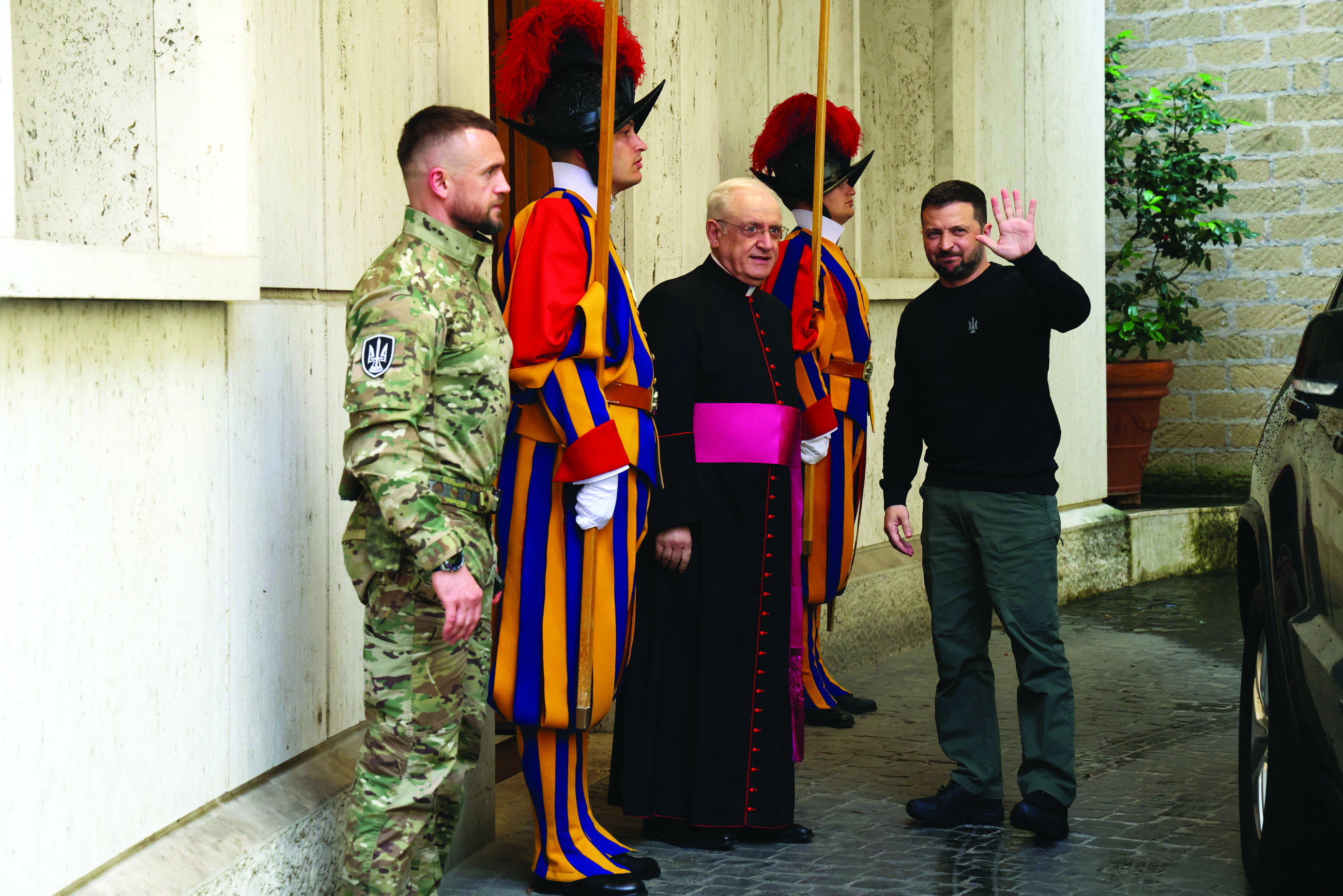
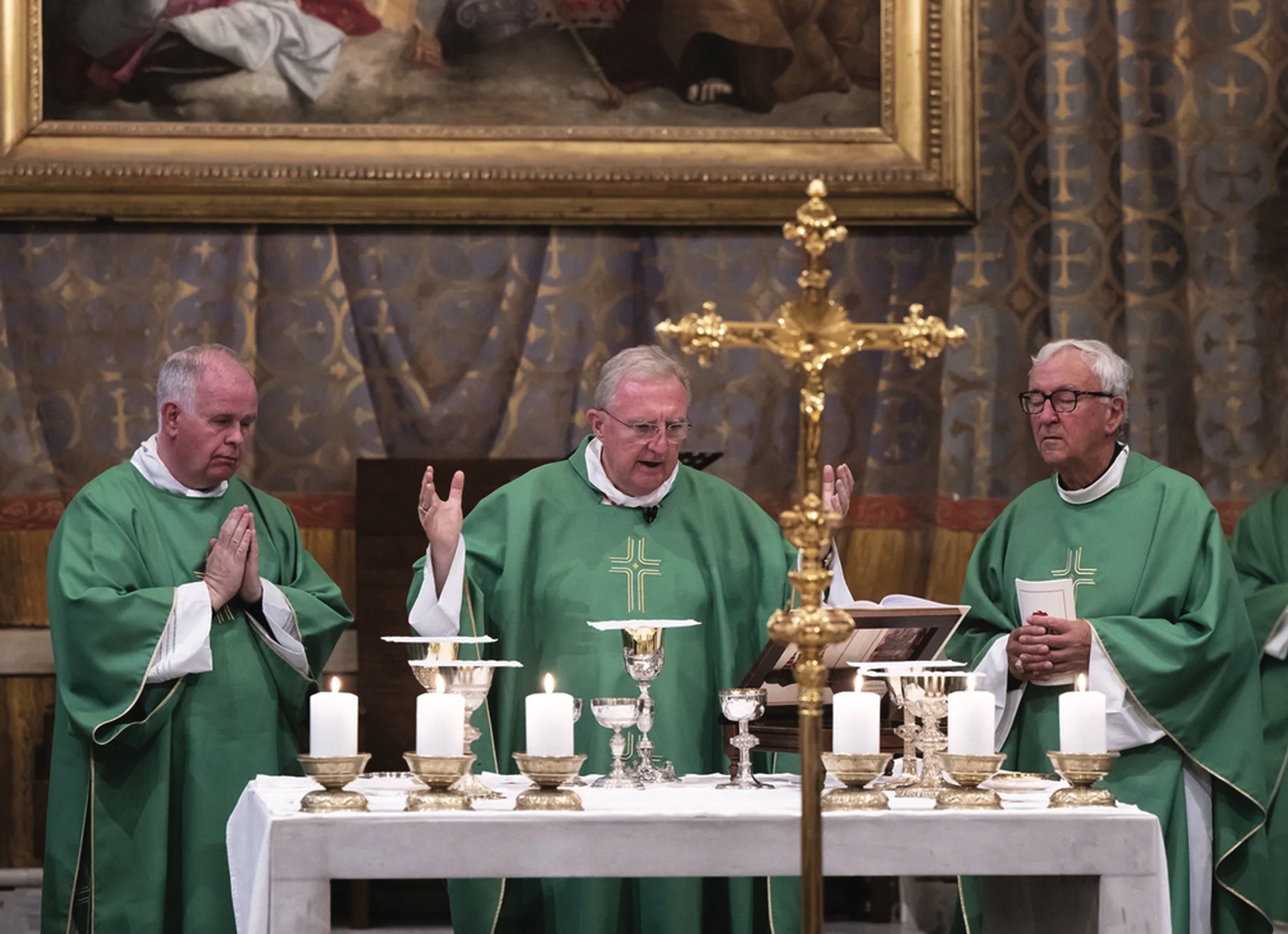
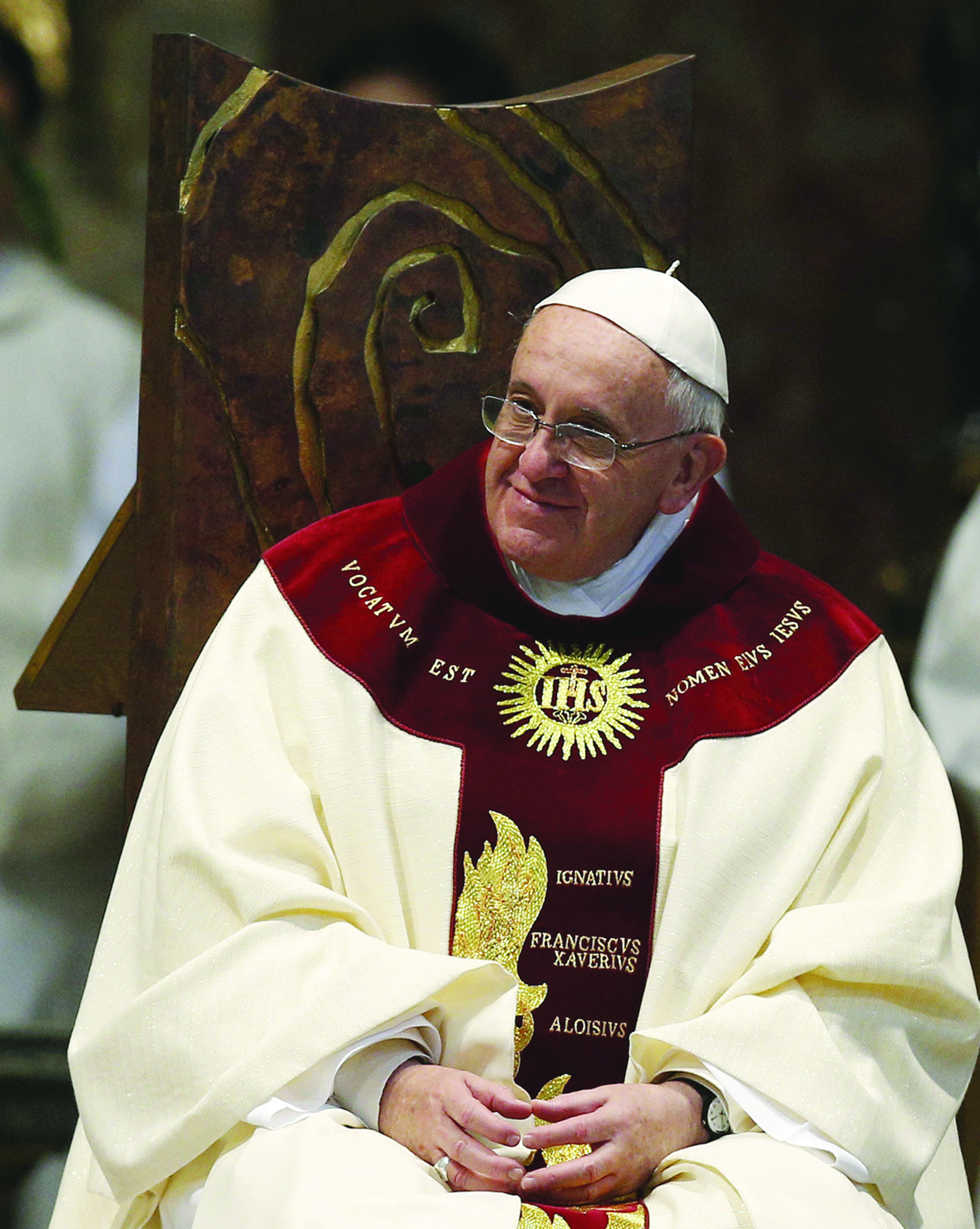
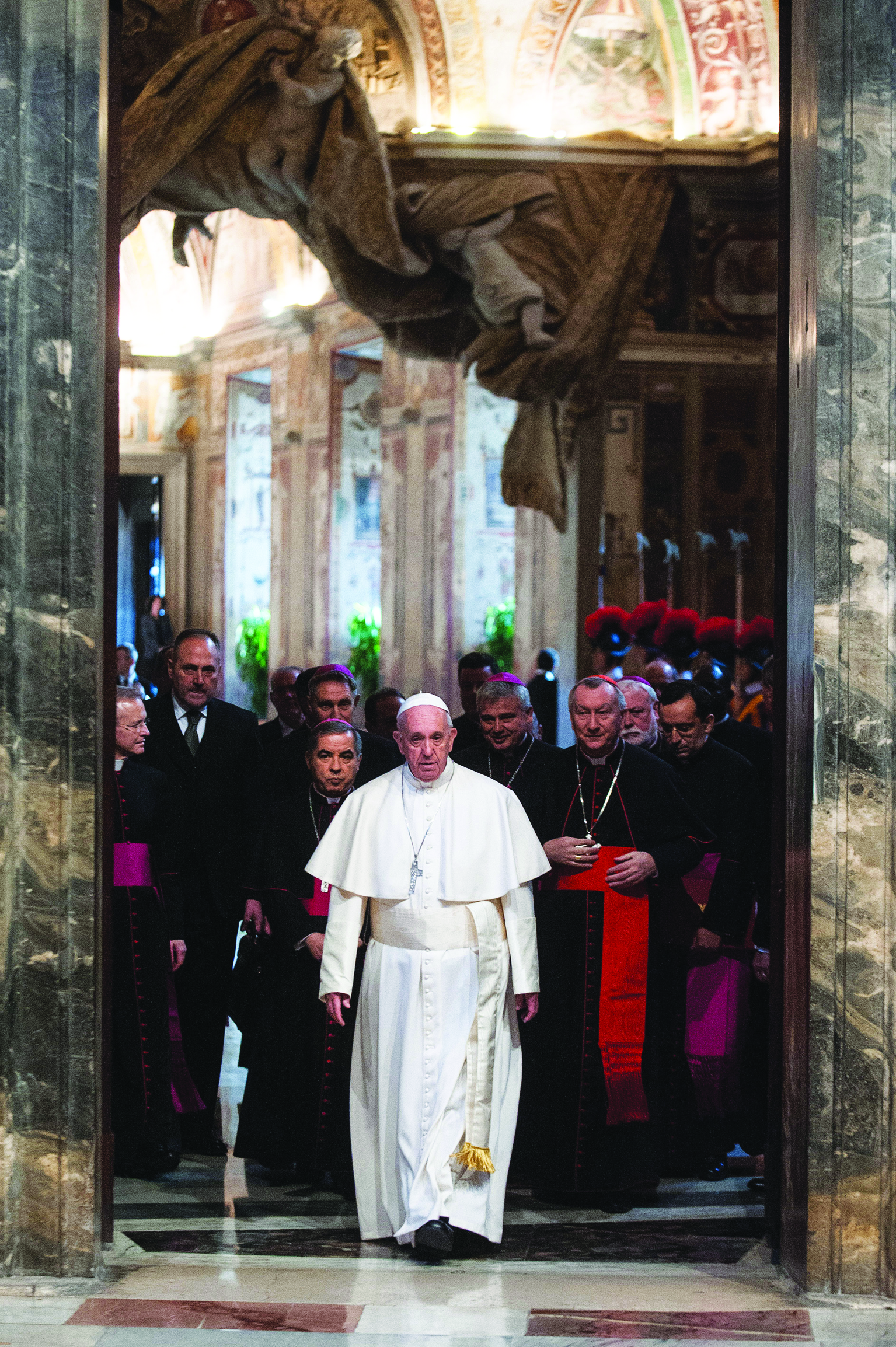
Facebook Comments